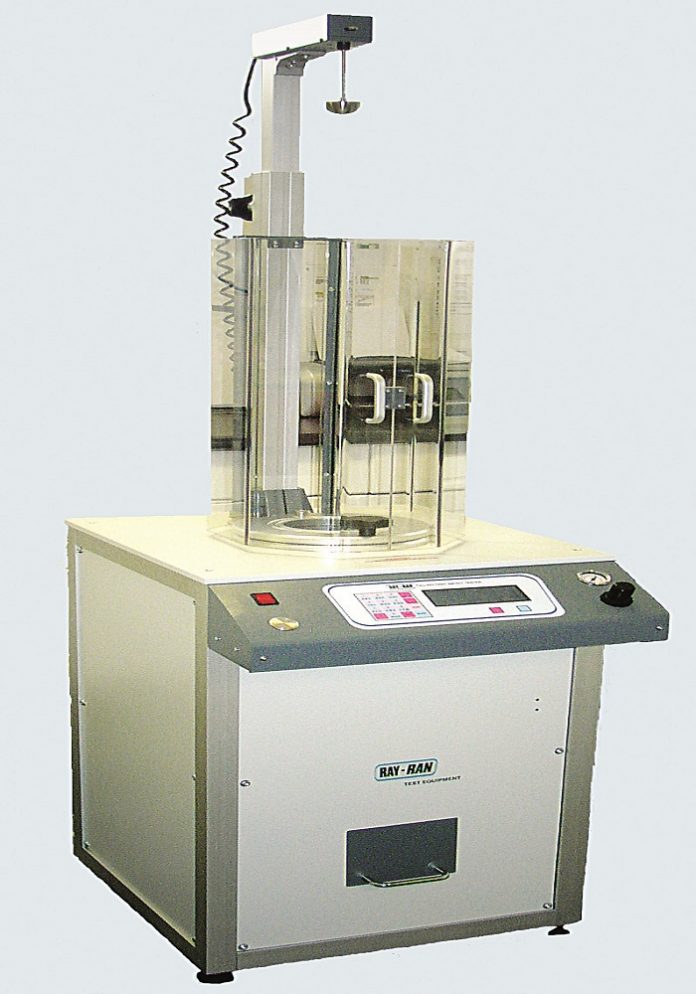
On 10 July 2015 — West Conshohocken-based ASTM International launched an innovative Proficiency Testing Program for Plastic Film Testing (PFT) with the support by ASTM Committee D20 on Plastics. This statistical quality assurance tool will help laboratories that want to improve and maintain a high level of performance in conducting a variety of ASTM test methods: tensile properties, propagation tear resistance (pendulum), haze, dart drop impact, tear resistance (graves tear), floss, COF and puncture-propagation tear resistance. The program empowers participants to monitor their lab’s strengths and weaknesses, to compare their test results with other labs worldwide, and to help maintain accreditation status. The first test cycle begins in September 2015.
For each cycle, each laboratory will receive two rolls of film, each made of different materials. These rolls will be 12 inches wide with nominal 1 or 2-mm gauge and will contain 50 to 75 feet of film to conduct the specified tests. Materials to be evaluated include LDPE, LLDPE and HDPE.
These parameters reflect the scope of the program
ASTM D882, Test Method for Tensile Properties of Thin Plastic sheeting
ASTM D1003, Test Method for Haze and Luminous Transmittance of Transparent Plastics
ASTM D1004, Test Method for Tear Resistance (Graves Tear) of Plastic Film and Thin Sheeting
ASTM D1894, Test Method for Static and Kinetic Coefficients of Friction of Plastic Film and Sheeting
ASTM D1922, Test Method for Propagation Tear Resistance of Plastic Film and Thin Sheeting by Pendulum Method
ASTM D1709, Test Method for Impact Resistance of Plastic Film by the Free-Falling Dart Method
ASTM D2457, Test Method for Specular Gloss of Plastic Films and Solid Plastics
ASTM D2582, Test Method for Puncture-Propagation Tear Resistance of Plastic Film and Thin Sheeting
ASTM D6988, Standard Guide for Determination of Thickness of Plastic Film Test Specimens
For each test trial, participants will receive two sample materials along with interactive electronic data report forms and test instructions. Labs will conduct the ASTM specified tests of their choice that they routinely run. Upon completion of testing, each lab will electronically submit their data to the ASTM PTP centre to generate statistical summary reports. Final reports will be electronically distributed within 25 business days of the data submission deadline, containing all test results coded to maintain customer confidentiality; statistical analysis of test data; and charts plotting test results versus laboratory code.
Companies must register by 28 August 2015 to be included in the first test trial. The prorated subscription fee for the September 2015 trial is US$ 338. For 2016, this program will be offered in March and September with an annual subscription fee of US$ 695










